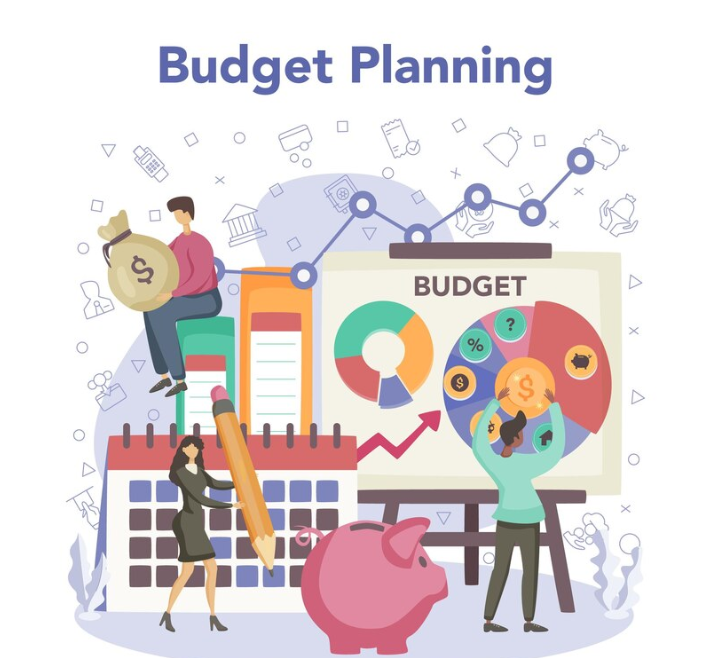Practical Ways to Cut Down on Unnecessary Spending and Boost Your Savings for Future Goals
In today’s fast-paced world, managing your finances effectively is crucial for achieving long-term goals and ensuring financial stability. Cutting down on unnecessary spending and boosting your savings might seem daunting, but with a strategic approach, you can make significant improvements. Here are some practical ways to help you take control of your finances and work towards your future goals.
1. Create a Detailed Budget
The foundation of financial management is a well-crafted budget. Start by tracking your income and expenses to understand where your money is going. Categorize your spending into essentials (like housing and utilities) and non-essentials (such as dining out and entertainment). Use budgeting tools or apps to simplify this process. A detailed budget will not only help you see where you can cut back but also give you a clear picture of your financial goals.
2. Identify and Eliminate Unnecessary Subscriptions
Many people have multiple subscriptions for streaming services, magazines, or software they rarely use. Review your subscriptions and memberships to identify those you can cancel. Even small monthly fees can add up over time. Redirect these funds into a savings account or towards debt repayment.
3. Implement the 24-Hour Rule
Impulse purchases can derail your budget and savings goals. To combat this, adopt the 24-hour rule: if you’re considering a non-essential purchase, wait 24 hours before making the decision. This cooling-off period can help you assess whether the item is truly necessary and can prevent impulse buying.
4. Adopt a Frugal Mindset
Being frugal doesn’t mean depriving yourself, but rather making thoughtful decisions about spending. Look for discounts, use coupons, and compare prices before making purchases. Buy in bulk for items you use frequently and opt for generic brands when possible. Additionally, consider DIY solutions for things like home repairs or gifts, which can save money and provide a sense of accomplishment.
5. Set Specific Savings Goals
To boost your savings, set clear and achievable goals. Whether you’re saving for a vacation, a down payment on a house, or an emergency fund, having a target will keep you motivated. Break these goals into smaller milestones and track your progress regularly. This approach makes large goals more manageable and provides a sense of accomplishment as you reach each milestone.
6. Automate Your Savings
Automating your savings is a powerful way to ensure you consistently contribute to your savings goals. Set up automatic transfers from your checking account to your savings account each month. By treating savings like a non-negotiable expense, you reduce the temptation to spend that money on other things.
7. Cook More at Home
Eating out frequently can significantly impact your budget. Cooking at home not only saves money but also allows you to control portion sizes and ingredients. Plan your meals for the week, create a shopping list, and stick to it. Meal prepping can also help you avoid the temptation of fast food and reduce food waste.
8. Review and Adjust Regularly
Financial situations and goals can change, so it’s essential to review and adjust your budget and savings plan regularly. Monthly or quarterly reviews allow you to assess your spending habits, adjust for any changes in income, and ensure you stay on track to meet your goals.
By implementing these practical strategies, you can cut down on unnecessary spending and boost your savings, paving the way for a more secure financial future. Remember, consistency and discipline are key to achieving long-term financial success.


